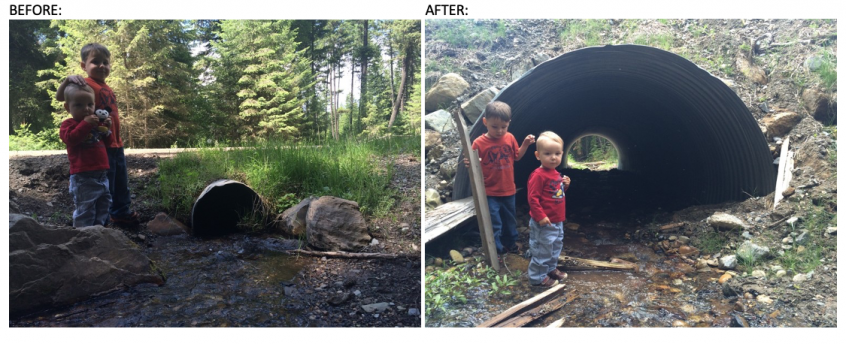Private forestland owners continue to have excellent compliance with state forest practice rules, according to a new report from the Washington Department of Natural Resources (DNR).
With forest landowners between 92 – 100 % in compliance with state rules in their timber harvests and forest road construction, the 2018-2019 Biennium Forest Practices Compliance Monitoring Report indicated some of the highest compliance ratings since the program initiated in 2006. According to the report, landowners had a “generally high compliance with the forest practices rules selected for monitoring.”
Equally important, the report recorded improved compliance in four prescription groups and no declining trends, signifying the deep commitment forestland owners have to the program by adhering to state guidelines.
In the report, the state checks forest practices application over a two-year period for how well the conditions on the ground after the completion of the harvest or road construction meets state forest practice rules and matches what the applicants said they were going to do.
A recap of the 2018-2019 compliance results include:
- 98% compliance on forest roads
- 96% compliance on timber haul routes
- 98% compliance on unstable slopes
- 92%, 95%, 96%, 98%, and 100% compliance on timber harvests in the five different riparian management zones (areas near streams)
- 97% compliance on timber harvests with forested and non-forested wetland management rules
In addition to the biennium compliance report assuring regulators that forest practices are being conducted in compliance with the Forest Practice Rules, the positive results are a testament to the ongoing success of the Forests & Fish Law. A historic, science-based set of forest practices regulations created in collaboration with the private forest industry, tribes, conservationists, and state and federal agencies, the Forests & Fish Law aims to protect 60,000 miles of streams running through 9.3 million acres of state and private forestland. The law, passed by the Washington Legislature in 1999, also resulted in the Compliance Monitoring Program.
Private forestland owners have played a significant role in the Forests & Fish Law, helping lead the way in restoring fish habitat by opening more than 6,200 miles of fish waterways through the removal of 8,100 stream blockages. In fact, private landowners are on pace to remove all fish barriers on their lands by the end of 2021.
The high compliance ratings are indeed a significant accomplishment. Landowners, regulators, and the timber, fish, and wildlife stakeholders are all deserving of recognition and praise.
